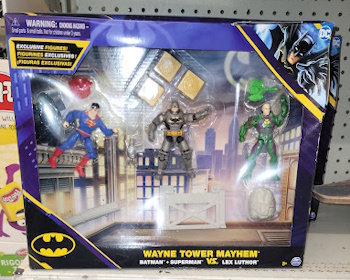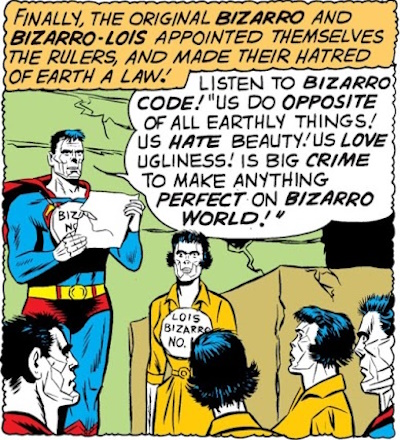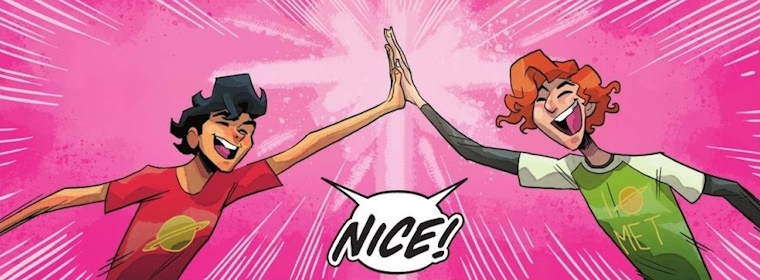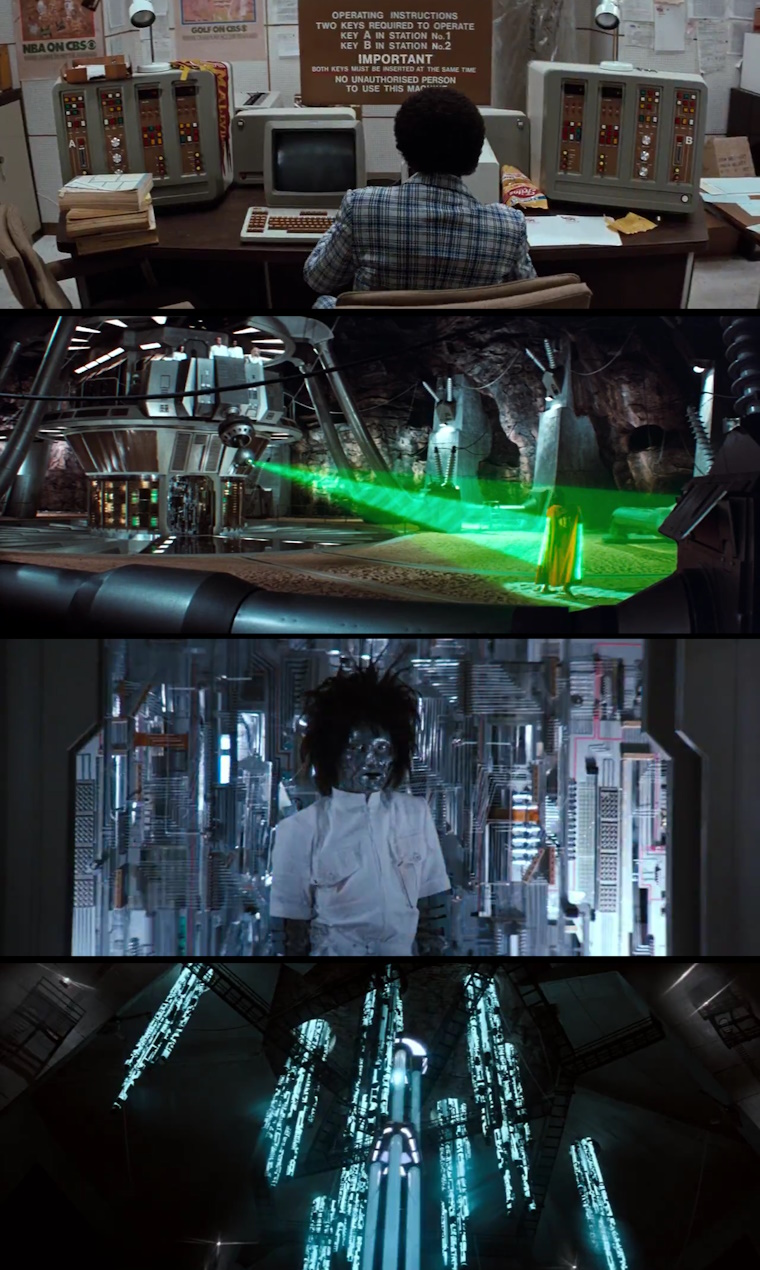Conner Kent? I don’t even know him.
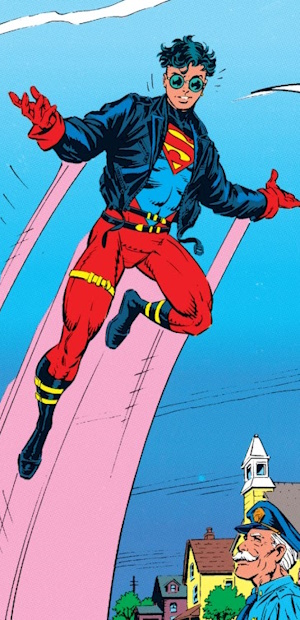
I need to be clear, I do like the idea of a Superboy character who is an attempt by scientists to create a Superman of their own who then goes on to be a hero in his own right. So when a Superboy like that appeared in the wake of the famous Death of Superman story in the ’90s, well… well, I wasn’t reading the comics then. But I got around to it, and I liked the kid! And I also read the entirety of the kid’s own book, which ran for like sixty issues or something. For most of that book, his name was literally just Superboy. It certainly was not Conner Kent.
But at some point I noticed that the Internet was referring to this kid as Conner Kent. It turns out to have been revealed in some… shudder… other DC book. Certainly I don’t detest that the kid could have a name other than Superboy, I support it if that’s what he wants, but the problem is this: whatever comics did this also changed the kid’s backstory. I’ve never read this retcon-filled story, but here it is as I understand it:
The Superboy I liked was a clone of Superman, kind of. He was not a clone in the sense that they took Superman’s DNA and grew another one. Instead the Project took some base DNA (provided by Project leader Paul Westfield) and tinkered with it to give the clone the appearance of and more importantly powers that emulated those of Superman. Being non-Kryptonian, the kids powers were actually various kinds of psionics, of the kind they had learned from creating Dubbilex. This Superboy could lift things and fly, but because of telekinesis rather than alien strength. Here’s what’s cool about that: It gives Superboy powers that are similar to Superman, but different.
Maybe this was too complicated for some corporate idea of “the masses”? I don’t think so, but who am I? Maybe someone thought it would simplify things to make him just actually be a clone of Superman. And because Superboy being Superman’s clone removes Westfield from the equation they decided to go ahead throw Lex Luthor into the equation. Now this clone Superboy character is half Clark/half Luthor. I hate that.
Firstly I hate the idea that everything in Superman’s life revolves around Luthor like in that period in the early 40s when it seemed like every time a masked villain appeared he’d be unmasked as Luthor. It makes Superman’s world feel so small. You know how people say Superman doesn’t have the rogues gallery of characters like Batman or Spider-Man? Well that’s because of stuff like this (For the record, Paul Westfield’s daughter actually served as one of Superboy’s foes. She wasn’t anything especially great, but she was there). But even worse is this: this seems to have been a change made so that they could play up drama where Superboy is full of angst because half of his DNA comes from a supervillain. That bothers me. I don’t think being a “bad guy” is genetic and I don’t think we should be telling stories that suggest it is.
I don’t know if this revelation also undid the idea that Superboy has psionic-based powers or not. I expect it hasn’t, I feel like I’ve seen images of him still doing his own thing, but I haven’t bothered to check. But if it did, if he wound up being just another person with the standard Kryptonian set of abilities, well that would mean that, in every meaningful way, Conner Kent just is not the Superboy I liked. Whereas right now, he’s only 80% not the Superboy I liked.

